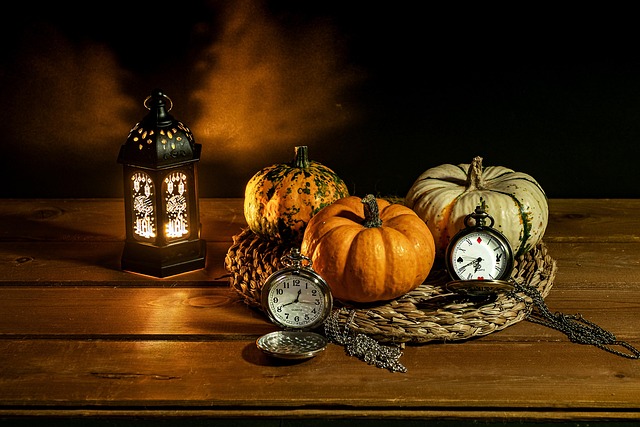Exploring the Rich Tones of Van Dyke Brown: A Composition Guide
When we think of the palette of an artist, vibrant colors often come to mind. However, it’s the more subdued, earthy hues that can evoke profound emotions and provide depth to a composition. One such color is Van Dyke brown, a deep, rich shade that has been cherished by painters for centuries. In this guide, we’ll explore how to incorporate this remarkable color into your compositions to create atmosphere and emotion.
The Essence of Van Dyke Brown
Named after the 17th-century painter Anthony Van Dyke, this pigment is formed from a complex mixture of pigments and has a unique warmth that can lend a feeling of nostalgia and elegance to any artwork. Its versatile nature makes it perfect for creating shadows, outlines, and backgrounds, adding a layer of sophistication that draws the viewer in.
Creating Depth with Van Dyke Brown
One of the unique qualities of Van Dyke brown is its ability to anchor a composition. When used wisely, it can enhance the luminosity of lighter colors, allowing them to pop against its dark backdrop. Consider using Van Dyke brown to create a base layer on your canvas; this can provide a rich underpainting that adds complexity to your work.
Mixing and Matching
Van Dyke brown works wonderfully with a variety of colors. Pair it with ochres for a warm, sunlit effect, or mix it with teal shades to create a striking contrast. For a more subdued palette, combine it with grays and whites to evoke a sense of tranquility. This adaptability makes it an essential color for both landscape and portrait paintings.
Emotional Resonance
Colors can stir feelings and convey messages in powerful ways. The deep tones of Van Dyke brown can evoke feelings of stability, warmth, and richness. When you incorporate this color into your compositions, think about the emotions you want to elicit. Will it be a sense of comfort, or perhaps a hint of melancholy? The choice of how to use Van Dyke brown can greatly influence the narrative of your artwork.
Practical Tips for Composition
- Use it strategically: Rather than covering large areas, use Van Dyke brown sparingly to create focal points or to accentuate shadowed areas.
- Experiment with layers: Build up textures by layering Van Dyke brown with lighter colors. This will create visual interest and depth.
- Test before you commit: Always try out Van Dyke brown in your sketches or studies to see how it interacts with other colors.
Inspiring Examples
Numerous artists throughout history have harnessed the power of Van Dyke brown in their work. From the dramatic chiaroscuro of Caravaggio to the rich atmospheric landscapes of the romantic period, this color has played an essential role in shaping visual storytelling. Explore these artists’ works for inspiration and to see how you might incorporate similar techniques in your compositions.
As you delve into your next artistic endeavor, consider the profound impact that Van Dyke brown can have on your work. This color is not just a pigment; it is an invitation to explore deeper narratives and emotions through your compositions. Embrace its richness, and let it guide you on your creative journey!



